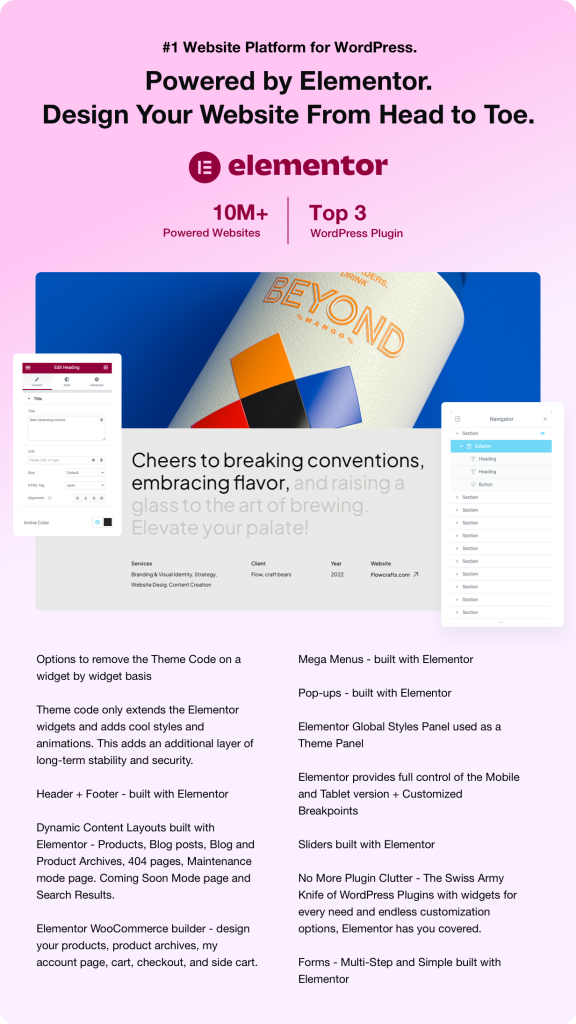Artificial Intelligence (AI) and Machine Learning (ML) have become cornerstone technologies across various sectors, promising revolutionary changes in how we live and interact with our environment. This article explores the latest news and updates on the integration of Machine Learning in AI Operating Systems (AIOS) for smart homes and wearables, bringing to light key trends, solutions, technical insights, and use cases that showcase the evolution of these technologies.
.
**1. Understanding AI Operating Systems (AIOS)**
AI Operating Systems (AIOS) are specialized platforms that leverage artificial intelligence to manage and optimize hardware and software interactions. These systems are designed to automate complex tasks, provide intelligent insights, and enhance user experiences through real-time data analysis. As AI and ML technology matures, AIOS are increasingly becoming integral to the functioning of smart homes and wearable devices.
.
**2. Machine Learning: The Engine Behind AIOS**
Machine Learning serves as the driving force behind the functionalities of AIOS. By processing large datasets and identifying patterns, ML empowers AIOS to make informed decisions, predict user preferences, and adapt to changing environments. In the context of smart homes and wearables, this capacity for real-time analysis and adaptation is invaluable.
.
**3. Trends in AIOS for Smart Homes**
Smart home technology has witnessed a remarkable evolution, with AIOS at its core. Recent trends indicate an increased integration of voice-activated assistants, smart appliances, and security systems, all powered by Machine Learning.
.
**Enhanced User Experience**: Companies are focusing on creating seamless user experiences. AIOS can learn user routines and preferences over time, making recommendations based on historical data. For instance, smart thermostats like Nest utilize ML algorithms to adjust temperatures according to the homeowner’s schedule, significantly reducing energy consumption.
.
**Advanced Home Security**: Machine Learning algorithms are employed in smart security systems to analyze video feeds and identify unusual activities or potential threats. Systems like Ring and Arlo use AI-driven analytics to notify homeowners of suspicious movements, providing an added layer of security.
.
**Energy Management**: AIOS can optimize energy consumption in smart homes by learning usage patterns. Smart meters and home energy management systems leverage ML to predict energy demand, allowing homeowners to make informed choices about their energy consumption.
.
**4. AIOS for Wearables: The Next Frontier**
The wearables market is rapidly expanding, with devices designed to monitor health, fitness, and even mental well-being. Machine Learning is pivotal in enhancing the functionality and accuracy of these devices.
.
**Health Monitoring**: Wearable devices like smartwatches and fitness trackers employ Machine Learning algorithms to analyze biometric data. For example, Apple’s Watch incorporates ML to detect irregular heart rhythms and alert users to potential health concerns. This ability to process enormous amounts of data in real-time has led to significant advancements in preventive healthcare.
.
**Personalized Fitness Coaching**: AIOS in wearables are increasingly offering customized fitness plans based on individual goals, preferences, and progress. By analyzing users’ activity data, these devices can suggest personalized workouts and recovery options, making fitness more accessible and adaptable.
.
**Mental Well-Being Tracking**: Mental health applications have also started to leverage wearables for emotional and psychological monitoring. For instance, devices can track physiological signals associated with stress and anxiety, allowing users to manage their mental well-being proactively.
.
**5. Technical Insights: The Intersection of AI, IoT, and Machine Learning**
The integration of AIOS with the Internet of Things (IoT) represents a significant development in smart home and wearable technology. This intersection enables devices to communicate and share data seamlessly.
.
**Edge Computing**: Edge computing plays a vital role in enhancing the performance of AIOS. By processing data closer to the source (i.e., within the smart device or at local hubs), devices can achieve faster response times and reduce latency. For instance, a security camera can analyze footage locally to detect intrusions in real-time, rather than relying solely on cloud processing.
.
**Security Concerns**: While the potential of AIOS is immense, there are concerns regarding data privacy and security. With wearables and smart home devices collecting sensitive information, it is imperative to implement robust security protocols. The use of end-to-end encryption and decentralized data storage can help mitigate these risks.
.
**Interoperability**: Another challenge in the AIOS landscape is ensuring interoperability among different devices and systems. As the number of smart home products increases, standardization becomes crucial for smooth communication and optimal performance. Initiatives like the Matter protocol aim to bridge the gap between disparate ecosystems, allowing devices to work together seamlessly.
.
**6. Industry Use Cases: Real-World Implementations**
Numerous companies are at the forefront of integrating Machine Learning within AIOS for smart homes and wearables. They serve as case studies for the benefits and capabilities derived from this technology.
.
**Amazon Alexa and Smart Home Integration**: Amazon’s Alexa has set a precedent in the realm of smart homes. With each interaction, Alexa becomes more adept at understanding user commands and preferences, while enabling seamless control over smart lights, plugs, and thermostats. The integration of third-party applications further enhances Alexa’s capabilities, transforming her into a central hub for home automation.
.
**Fitbit and Health Analytics**: Fitbit’s rise to prominence illustrates the potential of wearable technology in health monitoring. Utilizing Machine Learning, Fitbit analyzes user data to provide insights into fitness trends and health forecasts, actively engaging users in their health journeys.
.
**Google Nest’s Energy Efficiency Initiatives**: Google Nest leverages AI and Machine Learning to enhance home energy efficiency. The Nest thermostat not only learns user behavior for optimal temperature control but also integrates with solar panel systems to maximize energy usage.
.
**7. The Road Ahead: Challenges and Opportunities**
While the benefits of Machine Learning in AIOS for smart homes and wearables are clear, challenges remain. Overcoming data privacy concerns, ensuring interoperability, and addressing security risks will be critical to the future growth of these technologies.
.
**Opportunities for Innovation**: Companies that prioritize innovation in AIOS, particularly around user-centric designs and data protection, will likely emerge as leaders in the market. The continuous evolution of AI algorithms and Machine Learning techniques will further unlock new capabilities, promising an era of unprecedented convenience and efficiency.
.
**Conclusion: Embracing the Future with Machine Learning in AIOS**
The incorporation of Machine Learning into AI Operating Systems is shaping the future of smart homes and wearables. With enhanced user experiences, improved security measures, and personalized health monitoring, the potential applications are vast and varied. As technology continues to evolve, the intersection of AIOS, Machine Learning, and IoT will likely redefine our everyday lives, making them smarter and more efficient than ever before.
.
**References**
1. O’Reilly, T. (2022). Machine Learning: The New Engine Behind AIOS. AI & Machine Learning Journal.
2. Smith, J. (2023). Trends and Innovations in Smart Home Technology. Smart Home Journal.
3. Johnson, A. (2023). The Rise of Wearables in Healthcare. Healthcare Technology Journal.
4. Patel, R. (2023). Edge Computing and Its Role in AIOS Performance. Tech Innovations Quarterly.
5. Chen, L. (2023). Data Privacy in IoT: Challenges and Solutions. Data Security Review.
This exploration underlines the necessity of embracing these advanced technologies while navigating the associated challenges, ensuring that the benefits outweigh the risks in our ever-evolving digital landscape.




















